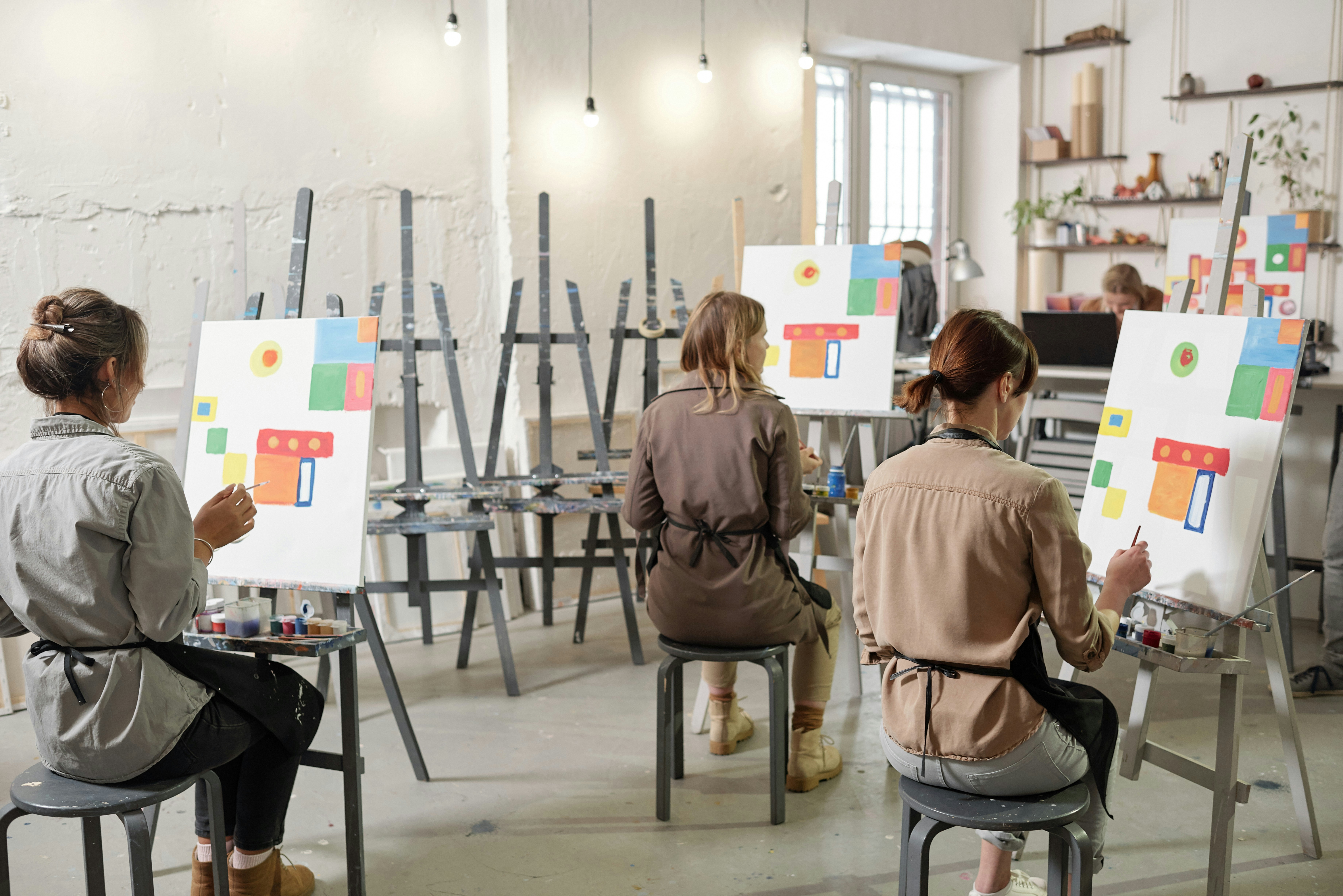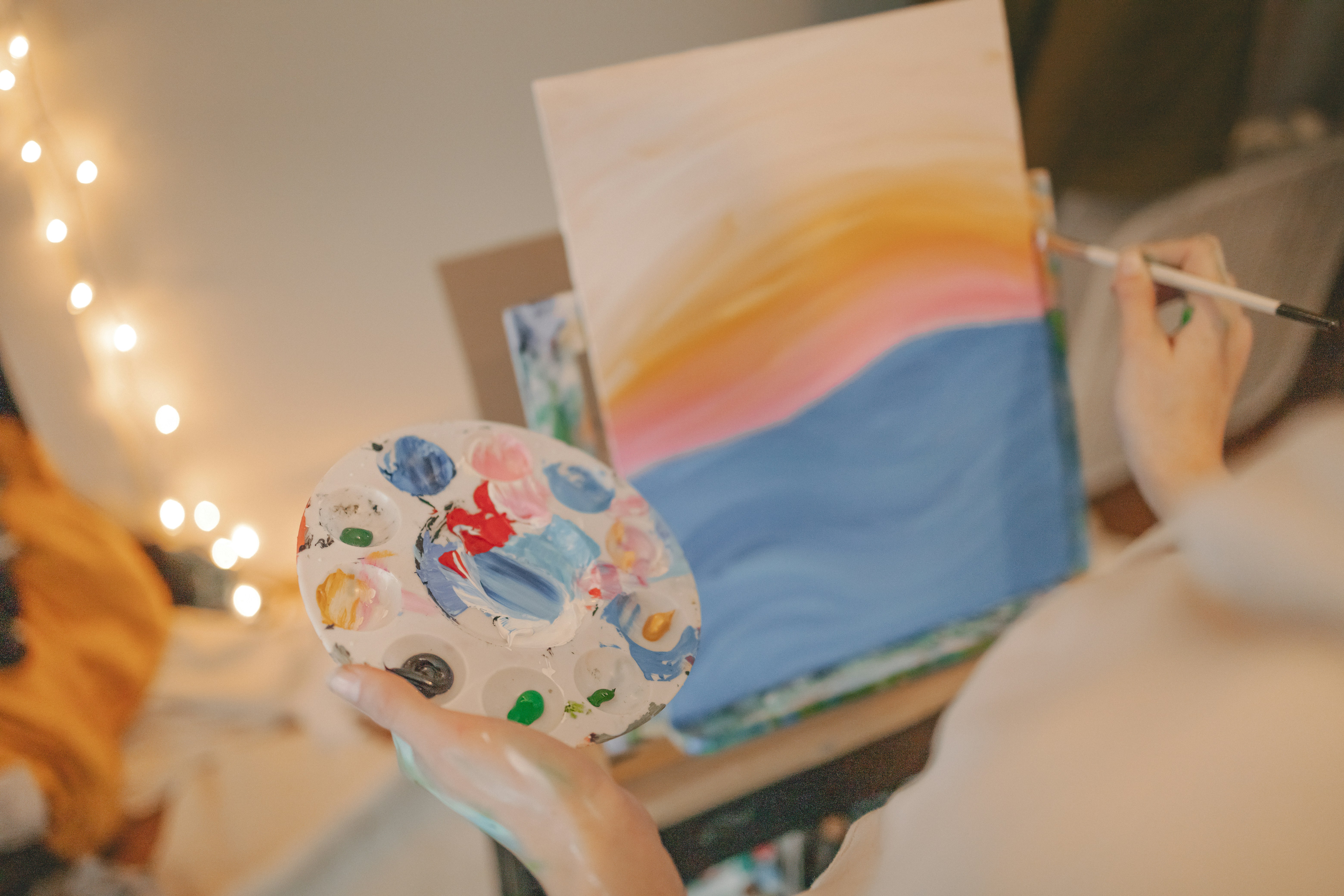
For many designers, staring at a screen all day is normal. When every pixel counts and every decision demands clarity, it’s easy to hit a wall. That’s when the best next step is to step away.
Taking a walk, whether through a city street or a neighborhood park, can do more than clear your mind. It reintroduces you to the rich visual language of the world around you. Design is everywhere: in nature, architecture, signage, and even how people move through space. With a more intentional eye, your next walk can become a low-pressure way to refresh your creativity and gather unexpected inspiration.
Shapes & Structure
As you walk, notice the natural and built forms around you. How do tree branches create organic flow? How do building lines intersect with the horizon? Look at doorways, signage, fences, leaves, bridges, and crosswalks.
These forms can inspire:
- Layout structures for web and app interfaces
- Icon design and patterns
- Visual hierarchy and framing
Color in Context
The world offers color palettes that evolve by the minute. Shadows change the color of a wall. Flowers contrast sharply with concrete. Rusted metal meets green moss.
As a designer, look for:
- Unexpected color combinations
- Natural gradients and textures
- Seasonal color shifts for mood and tone
Navigation & User Flows
Urban spaces are full of cues meant to guide people, often without them realizing it. From bike lane signage to museum floor maps to restaurant menus in windows, navigating through places is a real-world UX case study.
Pay attention to:
- How signage clarifies or confuses
- How people navigate crosswalks or public transit stops
- Visual hierarchies in public notices and menus
Emotional Response
Design isn’t just about function—it’s also about feeling. What emotions come up as you walk? Does a chaotic intersection raise tension? Does a quiet alley invite calm or curiosity? Your own emotional reactions can inform how you approach tone, content strategy, or microinteractions in your work.
If you feel inspired, snap photos. Jot down notes. Start a folder of “everyday design” to pull from later. The goal isn’t to copy what you see, it’s to observe why it works (or doesn’t), and how it makes you feel. That’s the seed of creativity.
You don’t have to wait for inspiration to strike at your desk. Design is happening everywhere, all the time. A short walk can reawaken your eye to composition, usability, and emotion: all essential elements in both UX and visual design. So next time you hit a creative block, don’t just push through it. Step outside, walk with intention, and let the world be your mood board.



